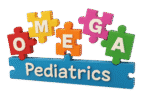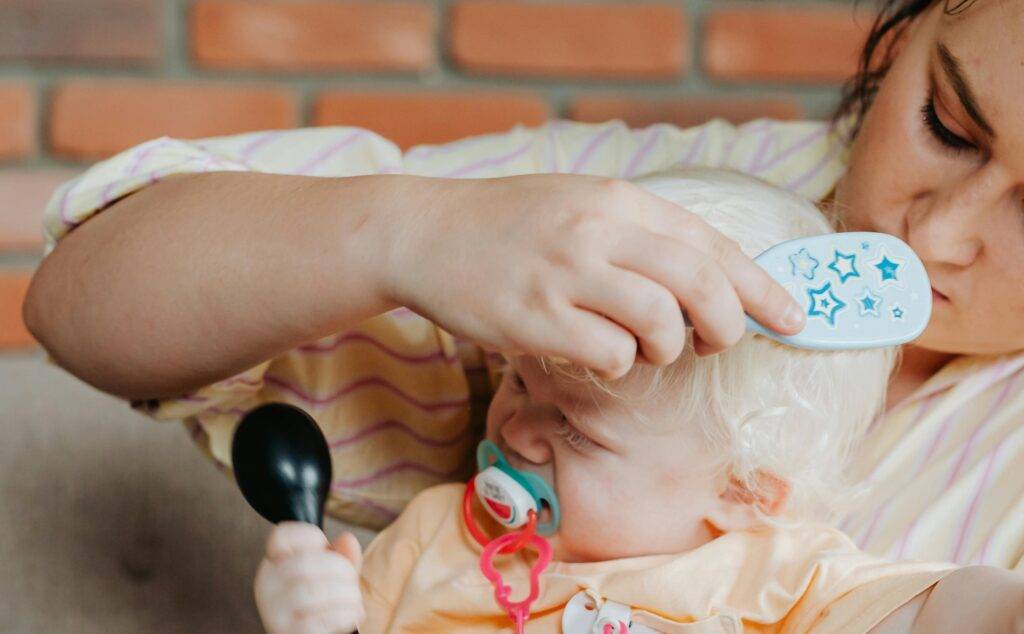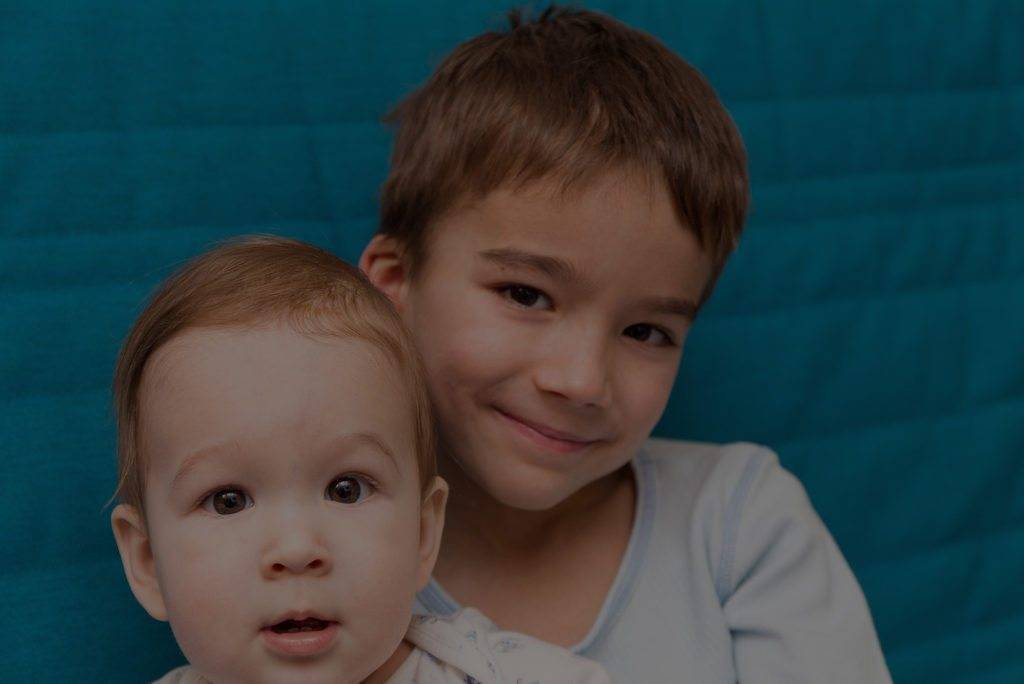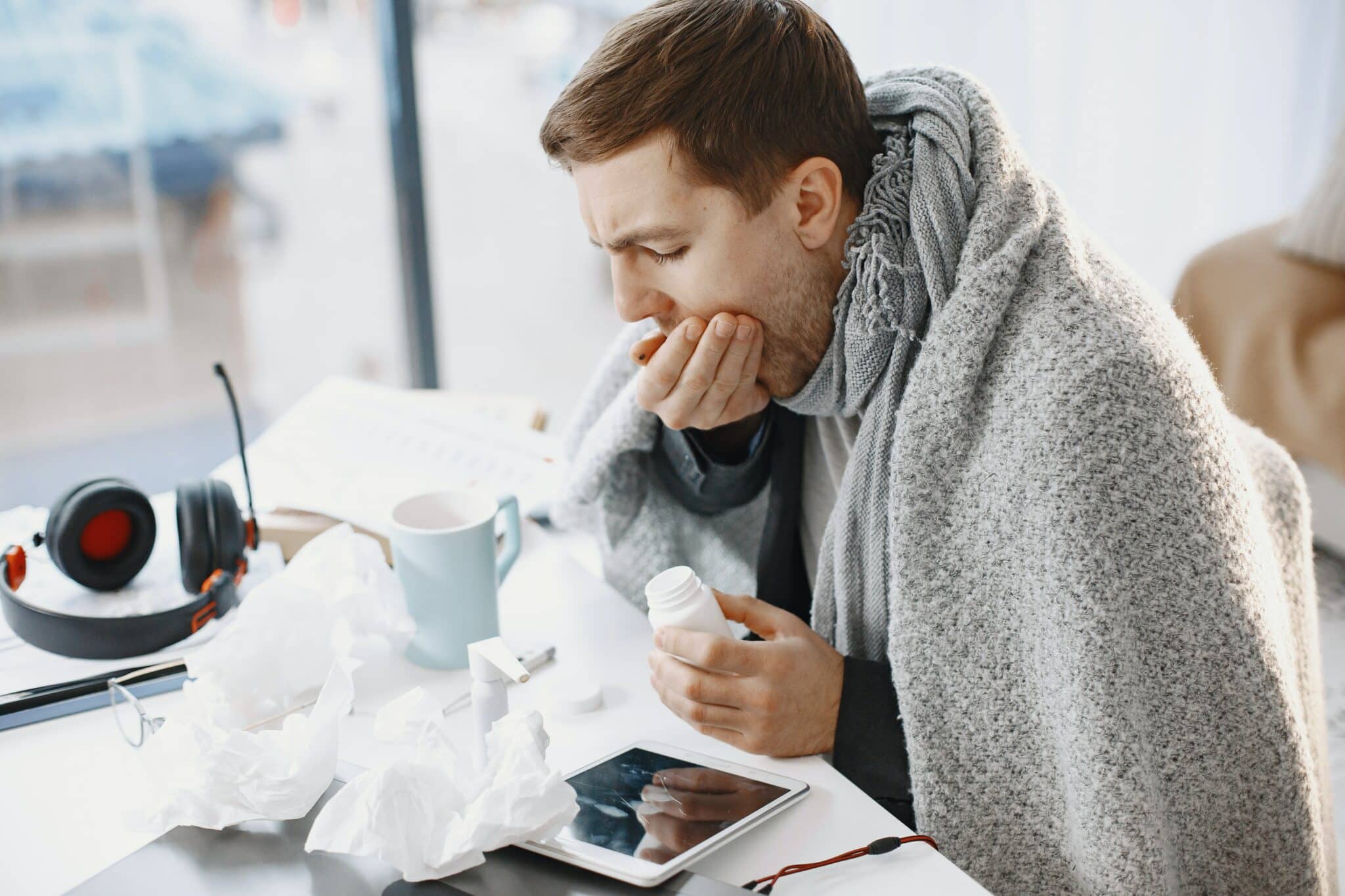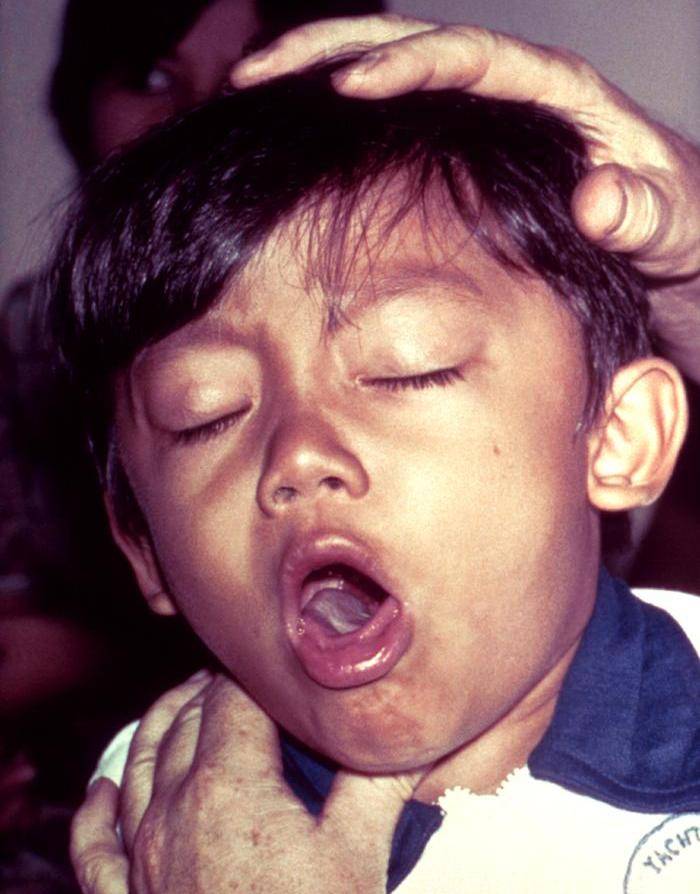As a new parent, discovering a rash on your baby’s delicate skin can be alarming. While most baby rashes are harmless and resolve on their own, understanding the different types can help you manage them effectively and know when to seek medical attention.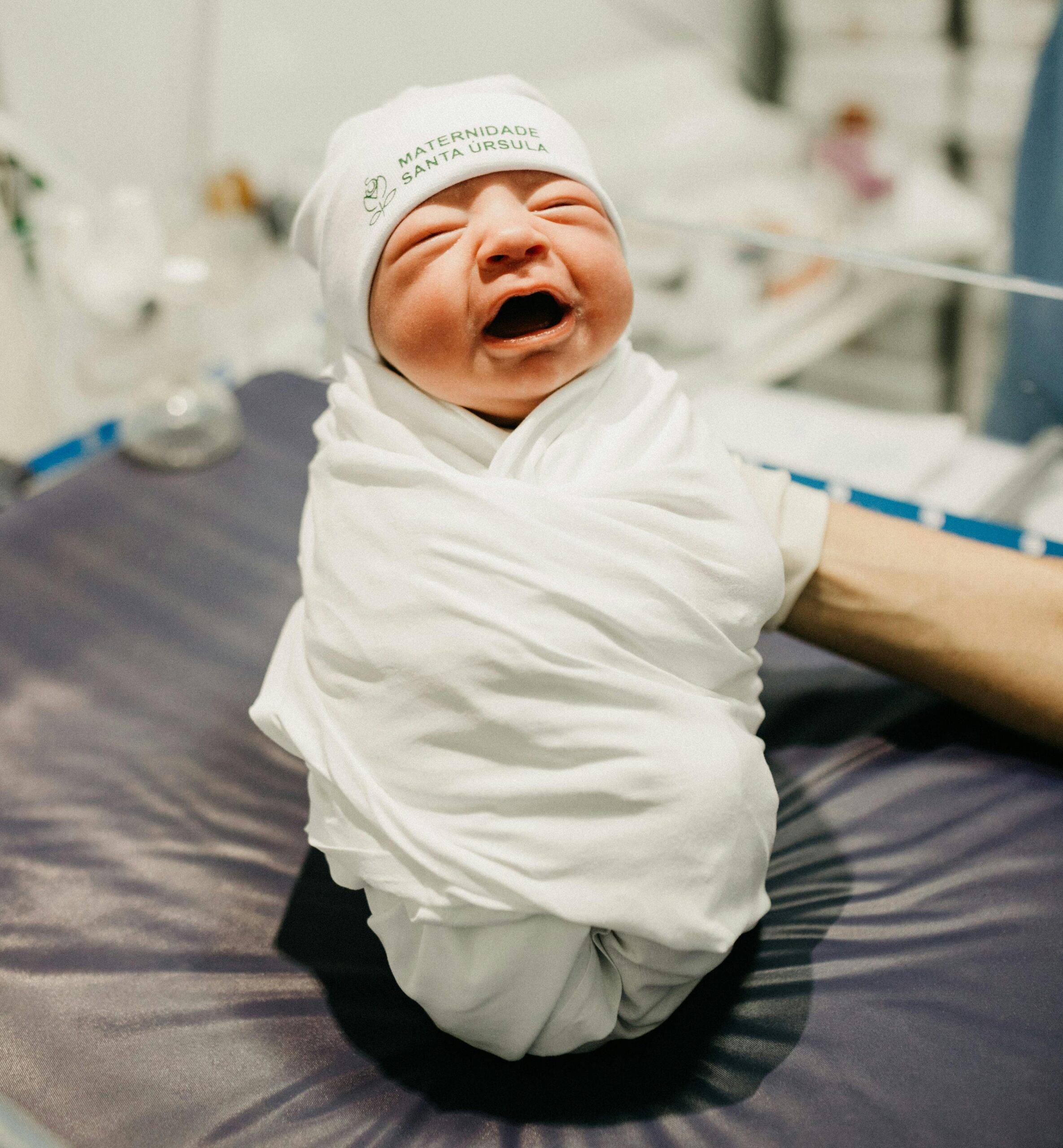
This comprehensive guide will help you identify common baby rashes and provide insights into their causes, appearances, and treatments.
👶 Understanding Baby Skin: Why It’s So Sensitive
Your baby’s skin is wonderfully soft—but it’s also incredibly sensitive and fragile. That’s why it reacts so easily to moisture, heat, and even certain fabrics.
🧬 Thinner Skin, Higher Risk
A baby’s skin is much thinner than adult skin, meaning it doesn’t offer as much protection from the outside world. It also loses moisture faster, making it more prone to dryness and irritation.
💧 Moisture and Friction
Babies wear diapers, drool, and often sweat when bundled up—all of which create warm, damp areas. This moisture, especially when combined with friction from clothing or diaper materials, can easily lead to rashes.
🌎 New Environment = New Challenges
Your baby is still adjusting to life outside the womb. Their skin is exposed to new allergens, detergents, fabrics, and temperatures for the first time. Even something as simple as a change in laundry detergent can cause a reaction.
📚 For more expert info on how to protect your baby’s skin, Omega Pediatrics shares helpful tips in their eczema relief blog post.
Understanding how baby skin works helps spot problems early and keep that tiny body comfy and rash-free. And don’t worry—many of these rashes are normal and part of growing up!
Common Baby Rashes
1. Diaper Rash
- Causes: Prolonged exposure to wet or soiled diapers, friction, and sensitivity to diaper materials or wipes.
- Appearance: Red, inflamed skin in the diaper area, sometimes with raised bumps or peeling.
- Prevention and Treatment: Change diapers frequently, use barrier creams like zinc oxide, and allow the diaper area to air out when possible.
2. Heat Rash (Miliaria)
- Causes: Blocked sweat ducts due to hot and humid weather or overdressing.
- Appearance: Small red or pink bumps, often on the neck, chest, or skin folds.
- Prevention and Treatment: Keep the baby cool, dress them in lightweight clothing, and ensure proper ventilation.
3. Erythema Toxicum
- Appearance: Blotchy red patches with small white or yellowish bumps, commonly appearing on the face, chest, or limbs.
- Note: This rash is common in newborns and typically resolves without treatment within a week or two.
4. Baby Acne
- Causes: Hormonal changes passed from mother to baby during pregnancy.
- Appearance: Small red or white pimples on the baby’s cheeks, nose, or forehead.
- Treatment: Usually clears up on its own. Gently cleanse the baby’s face with water and avoid using oily or greasy skincare products.
5. Cradle Cap (Seborrheic Dermatitis)
- Appearance: Oily, yellowish, scaly patches on the scalp.
- Treatment: Gently wash the baby’s scalp with mild shampoo and use a soft brush to remove the scales. In persistent cases, consult a pediatrician.
6. Drool Rash
- Causes: Excessive drooling, often during teething.
- Appearance: Red, irritated skin around the mouth, chin, and neck.
- Prevention: Keep the area dry by gently wiping drool using a soft cloth. Applying a thin layer of petroleum jelly can protect the skin.
7. Hives (Urticaria)
Hives, also known as urticaria, are one of the more dramatic-looking rashes, but they’re usually not dangerous—unless they come with other symptoms.
🤧 Causes
Hives often appear as part of an allergic reaction. Triggers can include:
- Certain foods (like eggs, nuts, or dairy)
- Medications
- Insect bites or stings
- Viral infections (especially in babies)
📌 Sometimes, the cause of hives isn’t obvious. They just appear and disappear without a clear reason.
👀 Appearance
Hives look like raised, red or pink welts on the skin. They can show up anywhere on the body and often move around—one spot might fade as another appears. They’re usually very itchy and can range in size from tiny spots to large patches.
🚨 When to Seek Medical Attention
Call your doctor immediately or go to the ER if your baby has hives with any of the following symptoms:
- Trouble breathing
- Swelling of the face, lips, tongue, or throat
- Lethargy or irritability
- Hives that last longer than a few days or keep returning
These symptoms could be a sign of a severe allergic reaction, known as anaphylaxis, which needs emergency care.
✅ Quick Care Tip: For mild hives, a cool compress can help with itching. But always consult your pediatrician before giving any medication, even antihistamines.
To learn more about how pediatricians approach skin issues like hives, read this Omega Pediatrics post: Dermatitis: Understanding and Managing Skin Inflammation in Children
When to Worry: Signs That Need Medical Attention
Most baby rashes are harmless and clear up on their own. But sometimes, a rash can be a sign of something more serious. Know the red flags that mean you should call your doctor or seek medical help.
🌡️ Fever with Rash
If your baby has a rash with a fever, this could be a sign of an underlying infection. Some viral and bacterial infections can cause rashes and may need medical treatment.
📞 Call your pediatrician if the fever is over 100.4°F (38°C) in infants under 3 months, or if the fever persists along with a spreading rash.
💥 Blisters or Open Sores
A rash that turns into blisters or open sores could point to an infection or a skin condition like impetigo (a contagious skin infection). It can be painful and may need antibiotic treatment.
🚑 If the sores spread or your baby seems uncomfortable, don’t wait—get medical advice.
🧨 Rapidly Spreading Rash
If the rash is spreading quickly, this could be an allergic reaction or a sign of a more serious illness. Especially if it’s happening within minutes to hours, it’s best to act fast.
⚠️ In rare cases, this can be a symptom of a severe allergic reaction, so don’t delay care.
🟣 Purple or Bruise-like Rash
Rashes that are purple, dark red, or look like bruises might suggest bleeding under the skin. This type of rash doesn’t usually fade when pressed and could signal a serious condition like meningitis or a blood disorder.
🩺 Seek emergency care immediately if you see this kind of rash.
😴 Baby Appears Unwell
If your baby seems sleepy, has trouble breathing, refuses to eat, or doesn’t seem like their usual self, along with a rash, take it seriously. These could be signs that something bigger is going on.
🧠 Trust your instincts. You know your baby best.
🕒 No Improvement with Home Care
If you’ve been caring for your baby’s rash at home—using creams, keeping the area clean, and avoiding irritants—and the rash isn’t getting better after a few days, it’s time to talk to your doctor.
✋ Some rashes may look minor but could need a closer look by a healthcare provider.
Keeping a close eye on your baby’s skin can help you catch issues early. If you’re ever unsure, don’t hesitate to call your pediatrician. It’s always better to ask than to wait.
General Tips for Baby Skin Care
Keeping your baby’s skin soft, healthy, and rash-free doesn’t have to be complicated. Here are some trusted and simple skin care tips that every new parent should know:
🧼 1. Use Gentle Products
Baby skin is extra delicate, so use the right products. Choose fragrance-free and hypoallergenic soaps, shampoos, and laundry detergents. These are less likely to irritate your baby’s sensitive skin. Avoid adult skincare products, which often contain harsh chemicals.
🍼 Pro Tip: Even products labeled “natural” can sometimes cause irritation. Always test a small area first.
🚿 2. Keep Skin Dry and Clean
Moisture is one of the main culprits behind many baby rashes, especially diaper rash. Make sure to:
- Change diapers frequently to prevent prolonged exposure to wetness.
- Gently pat dry your baby’s skin after baths or wiping—don’t rub.
- Let your baby have some diaper-free time to help their skin breathe.
👕 3. Avoid Irritants
Some materials and chemicals can trigger rashes or make existing ones worse. Here’s how to prevent irritation:
- Dress your baby in soft, breathable fabrics like cotton.
- Avoid clothes with tags or tight elastics that can rub and cause friction.
- Skip scented lotions and powders that can irritate sensitive skin.
🔍 4. Monitor Skin Changes
Take a moment each day to check your baby’s skin. Look for signs like
- Redness
- Bumps or blotches
- Dry or scaly patches
If something looks unusual or seems to be getting worse, it’s best to talk to your pediatrician. Early attention can prevent bigger issues.
👉 For more practical guidance on baby skin health and common concerns, check out these helpful resources from Omega Pediatrics: Baby Skincare 101: How to Preserve Your Infant’s Sensitive Skin. They’re packed with expert tips for caring for your child’s skin the right way!
Baby Rashes are Normal; Make it Part of Baby Skin Care
Most baby rashes are part of infancy and resolve with simple care. However, staying vigilant and understanding when to seek medical advice ensures your baby’s health and comfort. Always trust your instincts—if something doesn’t seem right, consult your pediatrician.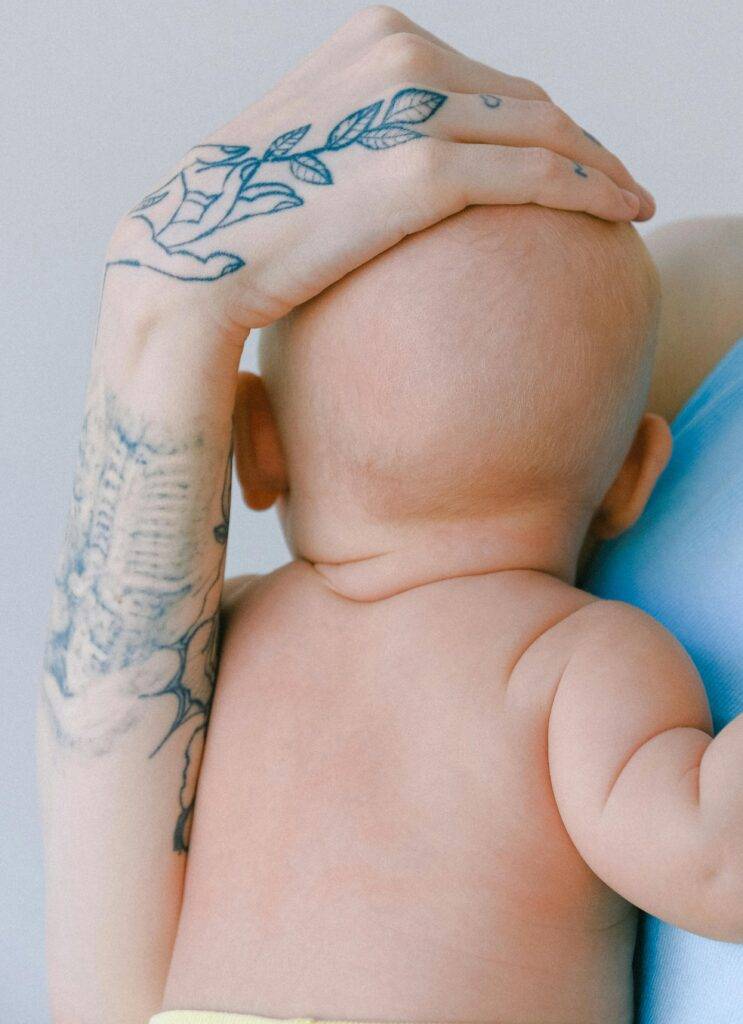
For detailed information on baby skin care and rashes, consider visiting reputable pediatric health websites or consulting your child’s healthcare provider.
